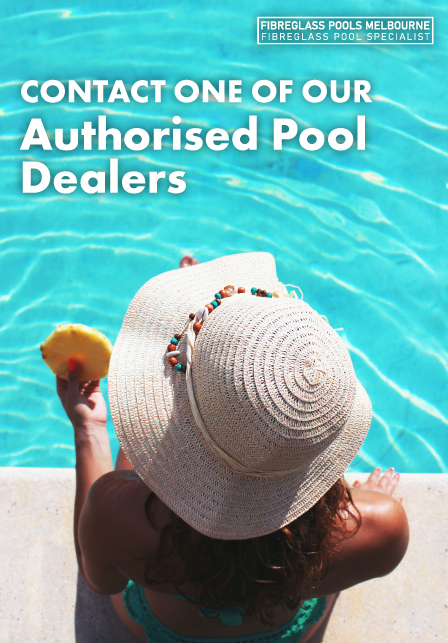An Ageing Pool Requires Many Replacements: A Comprehensive Look
Pools are a dream for several individuals. If they are a dream come true for you, the most important thing is to care for your pool. Pools have been around for as long as we can remember. Some people have their old pools, though in poor condition, but still “swimmable” to some extent. An ageing pool may not manifest any issue, but due to its very age, might not function as well as a new pool.
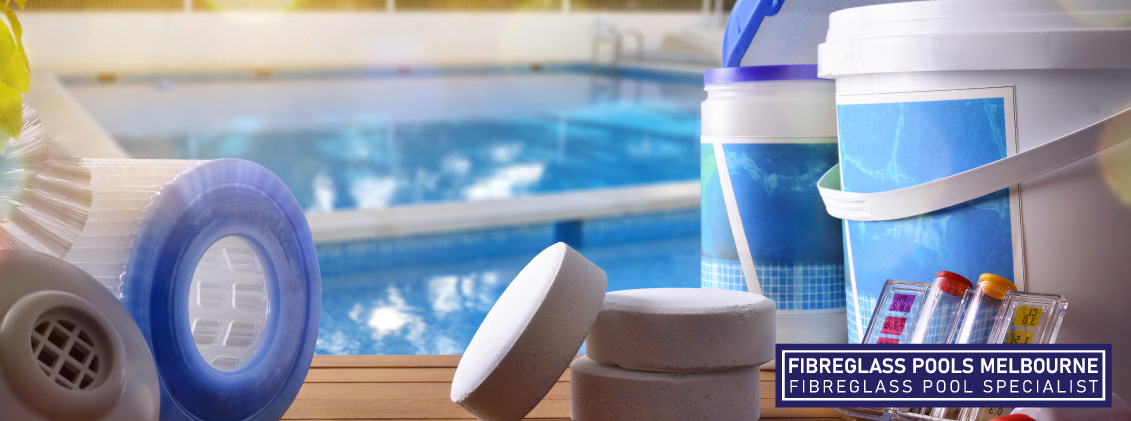
Swimming pools, fibreglass pools or otherwise, require maintenance. That’s a given for any pool owner. Nonetheless, some pools that have seen good lifespans need replacing simply because of age. They may not need a total overhaul, but a replacement of parts. Any parts of a pool can get old, from the heater to the pipes. Some parts, due to their material and function, age faster than others. As ageing catches up with us all, it can affect pools as well. It’s important to know how ageing works in pools, in terms of pool components and other elements.
Pools and Ageing
You may have followed all the relevant home pool maintenance tips diligently but find that your pool still ages after a period. Renovation is the need of the hour with all pools at some point. For instance, if your pool has a vinyl liner, it may deteriorate in 15 years at the maximum. Still, older issues come about with the walls, coping steps and floors of a pool. These may last longer than the vinyl liner as they are more robust. Nevertheless, every three decades or so, any pool built in the ground needs some repair. This is regardless of the pool you own. Fibreglass pools that have superior standards of durability also face deterioration after a period of around 12-15 years.
In the popular fibreglass pools and concrete pools, renovation ranges from repairs to the pool shell and plumbing to the equipment as well. You have to be aware of the fact that anything made from plastic can break and crack, vinyl can tear, fibreglass can spoil, concrete can crack, etc. Material can rust and spoil with excess moisture and heat too. No one wants to predict problems with their pool, but ageing pools may have to be ditched altogether at times. Fortunately, parts can be changed, and new parts are more advanced than their older siblings.
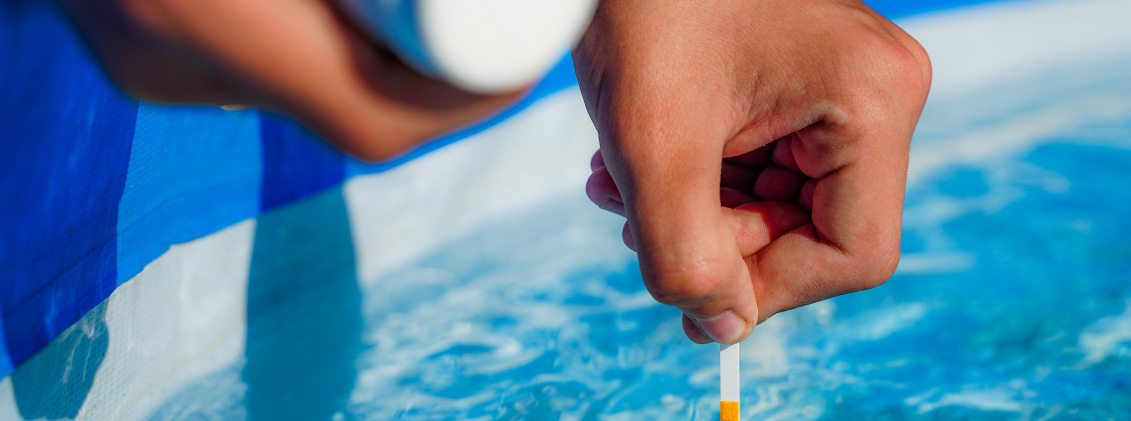
Pool Surfaces
Whether you have a pool that is built above the ground or inside it, age takes its toll. Pool surfaces, both outside the pool and inside it, experience damage as they are exposed to the elements. People own gunite, vinyl and fibreglass pools. Ageing problems occur due to pressurised water, freezing and thawing due to weather, cleaning chemicals, etc. All these factors result in cracks, peeling, leaking and flaking over a long period. If a gunite pool’s plaster looks worn, you may consider re-plastering it. You may see rough and bare spots on the surface, and these will compromise the durability of your pool if left alone. These pools need to be resurfaced once every 10 to 15 years.
In case you own a concrete pool, this may have some rough edges and cracks. These need to be filled, as water can seep through, reaching other important pool parts. Again, resurfacing is required. Crumbling coping is also a huge issue after a pool has aged. This is the edging of your pool, on the exterior where it meets the deck. Tiling may be breaking or cracking. Worse still, some tiles may be missing. Cracks and breaks occur due to the continuous freeze-thaw cycles of the weather. Here, the material expands and then breaks over time. New tiles are strong these days, and you can also opt for stones to last long.
Vinyl Pools and Repairs
The main problem with vinyl is normal wear and tear. Nonetheless, if you ignore even a small tear in the vinyl lining, this tends to get larger over time. This causes considerable damage to the structure of your pool. Another problem is a fading liner. In case this is the issue with the liner, it needs prompt changing. The heat of the sun and chemicals make liners shrink around the edges and fade with time. Nowadays, you get advanced liners, stain-proof and scratch-resistant.
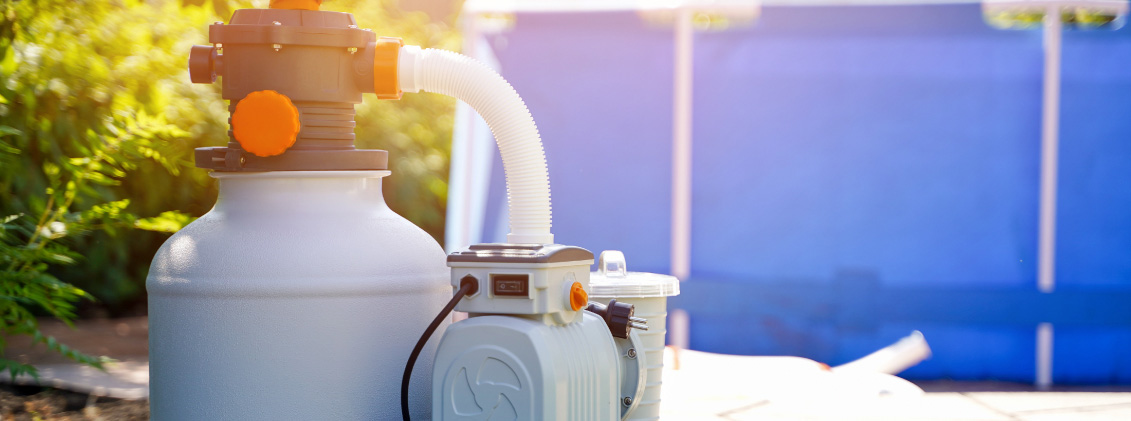
Internal Pool Mechanisms
On the surface of it, your pool may not have aged. Nonetheless, the mechanisms involved in pool operations tend to lose function with age. If your pool crosses the age of 8 without any problems in the heating and plumbing/drainage department, it is time you got it checked.
Troubleshooting can occur at any point after this, if it has not already. Your pool heater, due to overuse, may malfunction. Additionally, the pipes for the inlet and outlet may be corroded with time, or some may get permanently blocked. These issues should be addressed as they can stop the seamless water flow and cause other serious issues.
Get With the Times
Fibreglass pools and any other pools get old. There is no way to repair parts at times, merely because they have outgrown their lives. Advanced innovations that can help to revive your pool are the following:
- Pumps with variable speeds. These are hi-tech and can cut down your energy costs by nearly 80%-90%.
- Filters that are highly efficient.
- Savvy monitoring mechanisms, automating chemical injectables and pump functions.
- Automated smart vacuums that are rapid devices.
- Smart LED lighting that is cost-effective as it is energy efficient.
In Conclusion
With home swimming pools that are old, the problems you may face after several years simply have to do with the age of the pool. Rather than repairing outdated equipment, it is better to go for new equipment. Technology is changing the way pools are made and the equipment they use. You can improve a pool’s filters, sanitation mechanisms, lighting, plumbing and heating by replacing old parts with advanced systems. In this way, your pool will last for some more time.
An Ageing Pool Requires Many Replacements: A Comprehensive Look
Pools are a dream for several individuals. If they are a dream come true for you, the most important thing is to care for your pool. Pools have been around for as long as we can remember. Some people have their old pools, though in poor condition, but still “swimmable” to some extent. An ageing pool may not manifest any issue, but due to its very age, might not function as well as a new pool.
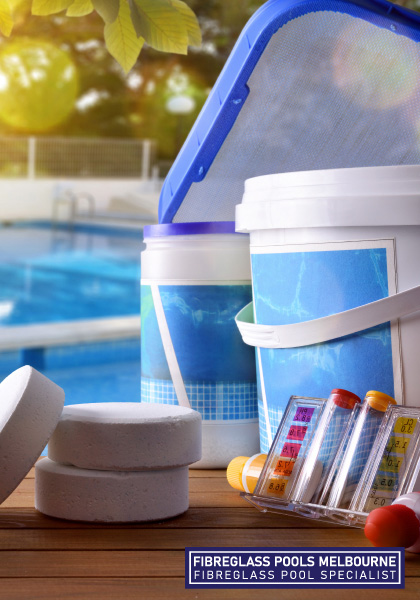
Swimming pools, fibreglass pools or otherwise, require maintenance. That’s a given for any pool owner. Nonetheless, some pools that have seen good lifespans need replacing simply because of age. They may not need a total overhaul, but a replacement of parts. Any parts of a pool can get old, from the heater to the pipes. Some parts, due to their material and function, age faster than others. As ageing catches up with us all, it can affect pools as well. It’s important to know how ageing works in pools, in terms of pool components and other elements.
Pools and Ageing
You may have followed all the relevant home pool maintenance tips diligently but find that your pool still ages after a period. Renovation is the need of the hour with all pools at some point. For instance, if your pool has a vinyl liner, it may deteriorate in 15 years at the maximum. Still, older issues come about with the walls, coping steps and floors of a pool. These may last longer than the vinyl liner as they are more robust. Nevertheless, every three decades or so, any pool built in the ground needs some repair. This is regardless of the pool you own. Fibreglass pools that have superior standards of durability also face deterioration after a period of around 12-15 years.
In the popular fibreglass pools and concrete pools, renovation ranges from repairs to the pool shell and plumbing to the equipment as well. You have to be aware of the fact that anything made from plastic can break and crack, vinyl can tear, fibreglass can spoil, concrete can crack, etc. Material can rust and spoil with excess moisture and heat too. No one wants to predict problems with their pool, but ageing pools may have to be ditched altogether at times. Fortunately, parts can be changed, and new parts are more advanced than their older siblings.
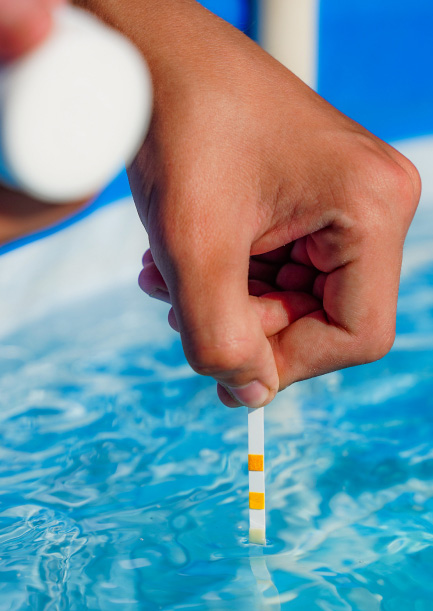
Pool Surfaces
Whether you have a pool that is built above the ground or inside it, age takes its toll. Pool surfaces, both outside the pool and inside it, experience damage as they are exposed to the elements. People own gunite, vinyl and fibreglass pools. Ageing problems occur due to pressurised water, freezing and thawing due to weather, cleaning chemicals, etc. All these factors result in cracks, peeling, leaking and flaking over a long period. If a gunite pool’s plaster looks worn, you may consider re-plastering it. You may see rough and bare spots on the surface, and these will compromise the durability of your pool if left alone. These pools need to be resurfaced once every 10 to 15 years.
In case you own a concrete pool, this may have some rough edges and cracks. These need to be filled, as water can seep through, reaching other important pool parts. Again, resurfacing is required. Crumbling coping is also a huge issue after a pool has aged. This is the edging of your pool, on the exterior where it meets the deck. Tiling may be breaking or cracking. Worse still, some tiles may be missing. Cracks and breaks occur due to the continuous freeze-thaw cycles of the weather. Here, the material expands and then breaks over time. New tiles are strong these days, and you can also opt for stones to last long.
Vinyl Pools and Repairs
The main problem with vinyl is normal wear and tear. Nonetheless, if you ignore even a small tear in the vinyl lining, this tends to get larger over time. This causes considerable damage to the structure of your pool. Another problem is a fading liner. In case this is the issue with the liner, it needs prompt changing. The heat of the sun and chemicals make liners shrink around the edges and fade with time. Nowadays, you get advanced liners, stain-proof and scratch-resistant.
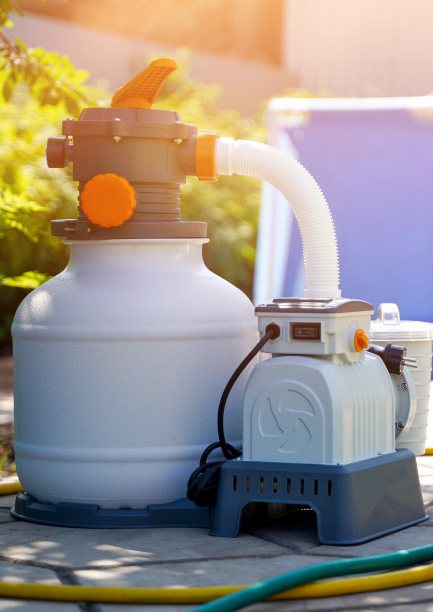
Internal Pool Mechanisms
On the surface of it, your pool may not have aged. Nonetheless, the mechanisms involved in pool operations tend to lose function with age. If your pool crosses the age of 8 without any problems in the heating and plumbing/drainage department, it is time you got it checked.
Troubleshooting can occur at any point after this, if it has not already. Your pool heater, due to overuse, may malfunction. Additionally, the pipes for the inlet and outlet may be corroded with time, or some may get permanently blocked. These issues should be addressed as they can stop the seamless water flow and cause other serious issues.
Get With the Times
Fibreglass pools and any other pools get old. There is no way to repair parts at times, merely because they have outgrown their lives. Advanced innovations that can help to revive your pool are the following:
- Pumps with variable speeds. These are hi-tech and can cut down your energy costs by nearly 80%-90%.
- Filters that are highly efficient.
- Savvy monitoring mechanisms, automating chemical injectables and pump functions.
- Automated smart vacuums that are rapid devices.
- Smart LED lighting that is cost-effective as it is energy efficient.
In Conclusion
With home swimming pools that are old, the problems you may face after several years simply have to do with the age of the pool. Rather than repairing outdated equipment, it is better to go for new equipment. Technology is changing the way pools are made and the equipment they use. You can improve a pool’s filters, sanitation mechanisms, lighting, plumbing and heating by replacing old parts with advanced systems. In this way, your pool will last for some more time.


